Encyclopaedia on Morphology of Angiosperm
Haploid microspores develop from microsporocytes in the anthers and give rise to pollen grains containing two cells: the tube cell and the generative cell. At about the time of pollination, the latter cell divides and produces two sperm. This three celled pollen grain is the immature male gametophyte (microgametophyte). The female gametophyte, the megagametophyte, develops in the ovary and at the same time the male gametophyte is developing in the anthers. While the process is exceedingly variable among taxa, about three-quarters of the flowering plants go through the following steps. One megasportocyte is contained in each of the young ovules with the ovaries in the flower buds. The ovule is attached by a stalk, the funculus, to the placenta on the ovary wall and at this stage, is essentially a lump of tissue, the nucellus, covered by two tissue layers, the integuments (which wrap almost completely over the ovule but leave a small opening, the micropyle, at one end). Three of the haploid megaspores produced by the megasporocyte disintegrate almost immediately and the remaining one divides by three successive mitotic divisions to produce eight nucleic in an embryo sac within the elongated, swollen megaspore.
This book contains the fundamental and basic information of the subject and the selection of contents makes it an interesting book not only for the students but also to everyone interested in the study of the subject.
Get it now and save 10%
BECOME A MEMBER

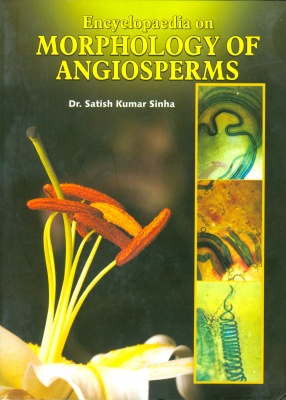
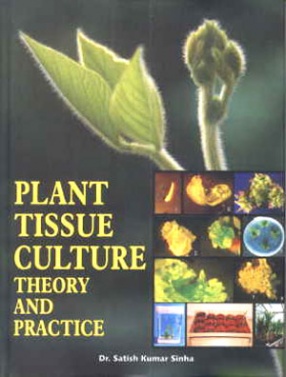

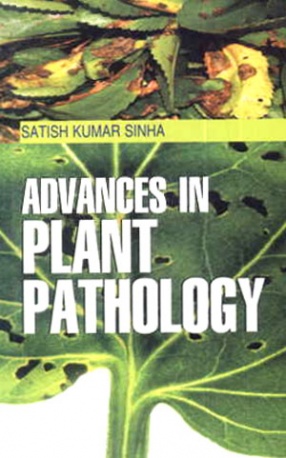
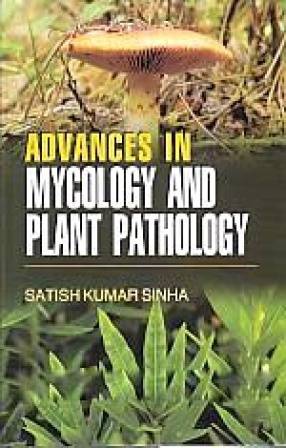

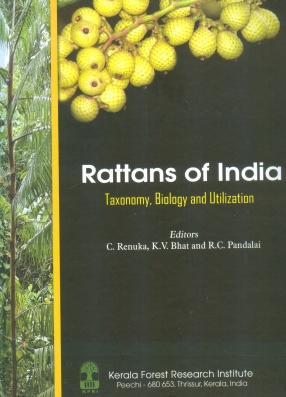
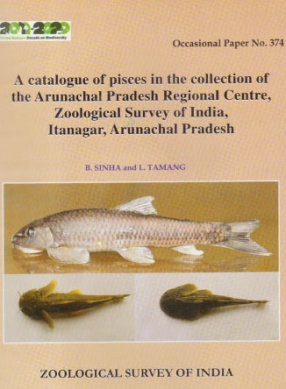
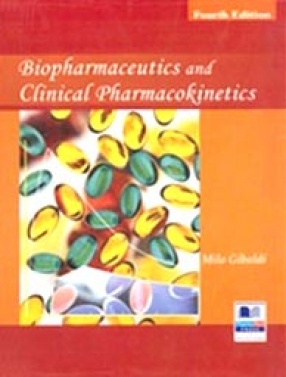

Bibliographic information